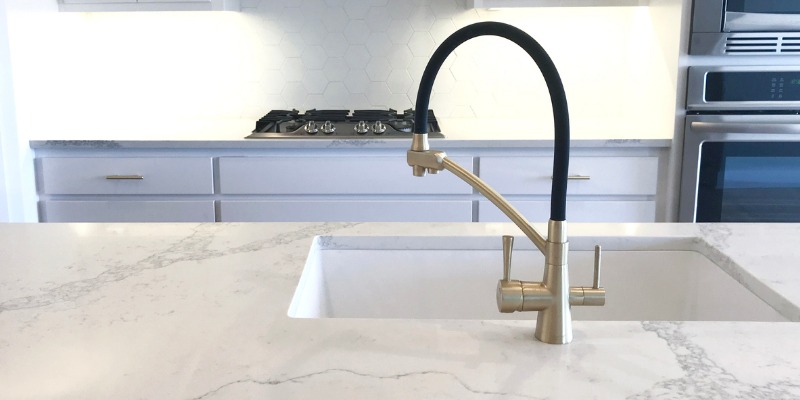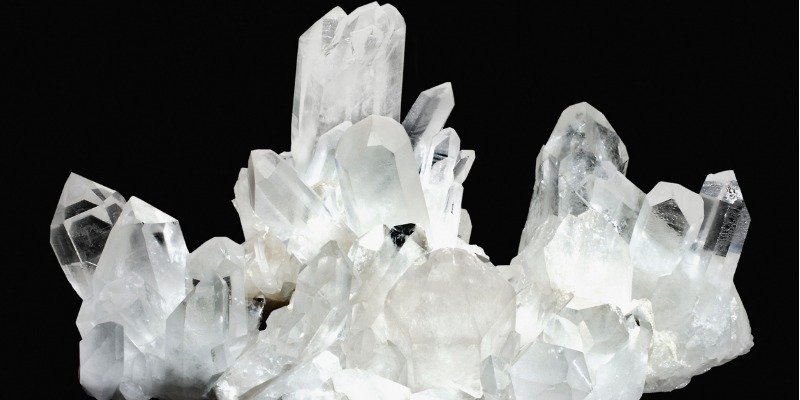
Quartz is a manufactured stone that comes in a wide variety of colours and patterns. Quartz is highly stain-resistant and durable, making it a perfect choice for your kitchen or bathroom countertops.
Have you ever wondered where quartz comes from? Or how it gets turned into those stunning design features seen in so many homes in today’s market?
Let’s look at the process of making quartz and why it’s such a popular choice for countertops.
What is Quartz and Where Does it Come From?
Quartz is one of the most commonly available minerals on the Earth’s surface. It is a naturally occurring silicate mineral composed of silicon dioxide (SiO2).
You can find quartz in different shapes and sizes, in a wide variety of rocks. It comes in crystalline form or masses of small globe-shaped stones.
Large deposits of quartz are usually found in the United States, Brazil and other countries around the globe. It’s generally mined in veins and is transparent in colour (in its purest form), but the mineral itself can come in many different colours.
How is Quartz Made?

Quartz, although a hard mineral, is almost useless for manufacturing unless it is bonded with another mineral, or some other substance. While the process for making quartz may vary from one manufacturer to another, in most cases:
- Quartz countertops are formed by combining 90% ground quartz with 8-10% resins, polymers, and pigments.
- The mixture is then compacted into slabs using a vacuum and vibration process of approximately 100 seconds at a pressure of about 100 tons (The process minimizes porosity and reduces water absorption.)
- This process produces slabs which are then cured in a kiln (temperature of 85 degrees) for 30 minutes. This will create a hard, durable surface, which makes the quartz resistant to stain and impact.
- Ovens or steam can be used to accelerate the curing process. Once curing is complete, the slabs are then gauged, calibrated, polished and prepared for packing.
- The appearance of the quartz depends on how it is ground. Finely ground quartz produces a smooth look, while coarsely ground quartz produces a flecked appearance.
Why Choose Quartz?
Quartz is a popular choice for homeowners wanting to balance cost-efficiencies with aesthetics. It can be a great alternative to marble and other more costly options.
It not only looks great, but quartz comes with a variety of perks. It:
- Is extremely hard and durable;
- Has a glossy sheen, is non-porous, stain-resistant and crack-resistant;
- Is available in a wide range of colours and patterns;
- Does not require sealing or resealing;
- Is easy to maintain and can be cleaned with mild soap, water and a cloth.
With benefits like these, it’s easy to see why quartz is a great choice for your countertops and other areas of your home.
References: https://www.bca.gov.sg/Publications/EnhancementSeries/others/design2Ch2.pdf https://econgranite.com/stone-weekly/how-is-quartz-made/ https://www.thekitchn.com/all-about-quartz-countertops-countertop-spotlight-166190


